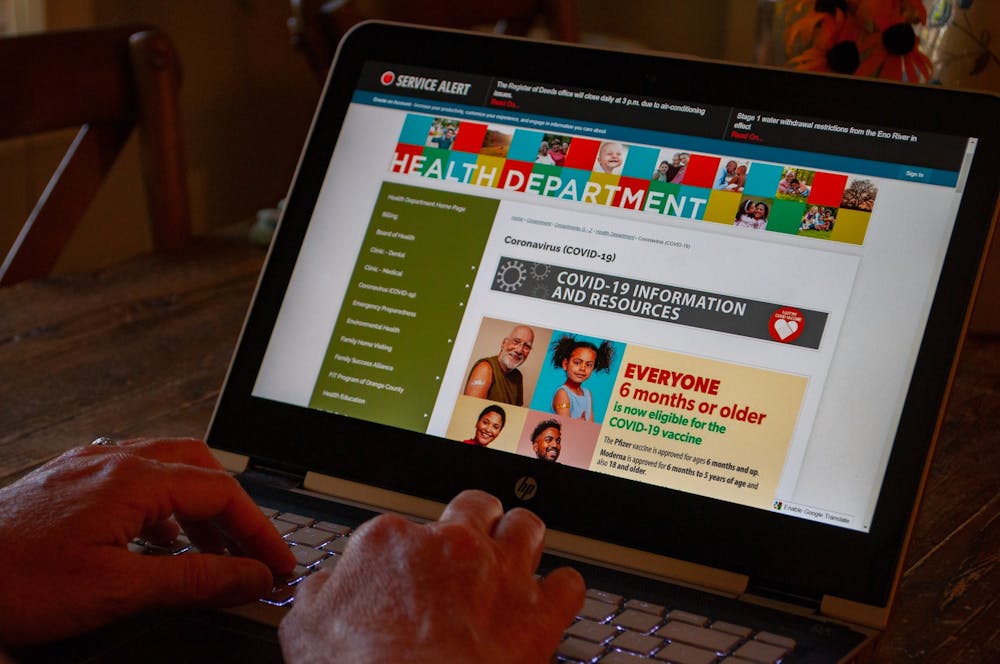As students prepare for the upcoming semester, COVID-19 continues to spread, with new mutations leading to infections and reinfections in students and local community members.
Two new omicron subvariants, BA.5 and BA.4, are currently the primary variants of concern.
Over the past several months, the omicron BA.5 and BA.4 subvariants have chipped away at other coronavirus strains to become the two most prevalent.
During the week of Aug. 6, BA.5 comprised 87.1 percent of cases in the U.S., while the BA.4 variant comprised 6.7 percent of cases.
Dr. David Wohl, professor of medicine in the division of infectious diseases at UNC, said that the current dominant subvariants are highly transmissible. He explained that this represents the broader evolutionary progress of COVID-19, as the virus has mutated to spread to more people.
“The good news is the virus has no pressure to become more lethal," he said. "There’s no advantage of the virus to kill people. But there is an advantage for it to spread to as many of us as possible.”
Orange County response
Public health experts and local leaders continue to encourage community members to take many of the same precautions they have recommended throughout the pandemic in response to the subvariants. These precautions include staying up to date with booster shots, wearing masks in crowded indoor spaces and prioritizing outdoor gatherings.
In Orange County, the COVID-19 positivity rate on Aug. 8 was 18 percent, with a daily average of 51 cases. One hundred and fifty-eight patients were hospitalized in the week of July 29 to Aug. 4, a 13 percent increase from two weeks prior.



